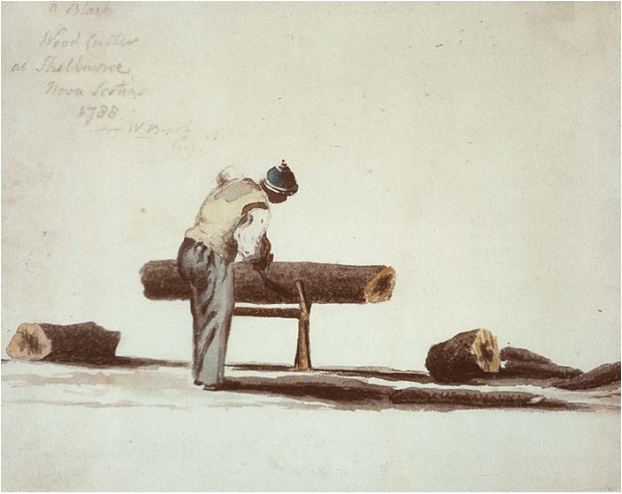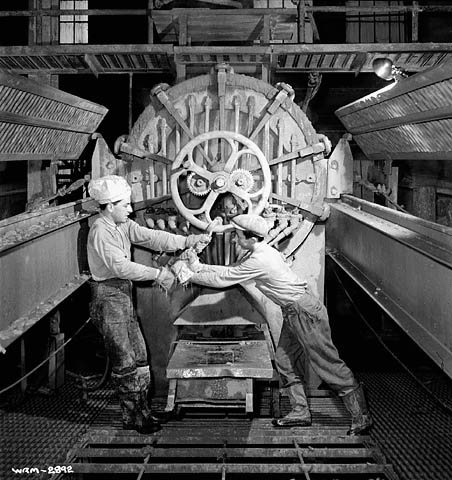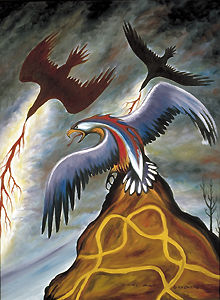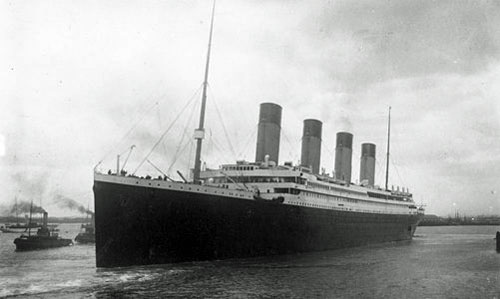Article
The Quebec Act, 1774 (Plain-Language Summary)
In 1759, the British defeated the French on the Plains of Abraham. Soon after, the British took control of Quebec (see also The Conquest of New France.) The Quebec Act of 1774 was passed to gain the loyalty of the French who lived in the Province of Quebec. The Act had serious consequences for Britain’s North American empire. The Quebec Act was one of the direct causes of the American Revolution. (This article is a plain-language summary of The Quebec Act, 1774. If you are interested in reading about this topic in more depth, please see our full-length entry on The Quebec Act, 1774.)














